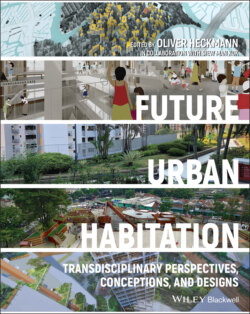Читать книгу Future Urban Habitation - Группа авторов - Страница 39
Strategies for Inclusion Common Frames of Reference
ОглавлениеSingaporean national identity, by which I mean the sense of belonging to the Singapore nation, has remained high over the years (Ooi et al. 2002). Altercations between racial/ethnic groups are few and far between, with racial riots a thing of the past. A peaceful society boosts collective social capital and is associated with such desirable outcomes as low crime rate (Putnam 2000; Quah 1998).
In Singapore, national identity serves as a superordinate identity over other smaller group‐based identities. It allows members of the various racial groups to view members of other groups, not as outgroup but as ingroup members. This occurs via the process of social recategorization, whereby former outgroup members are now part of the ingroup, with the national identity marker serving as a third‐party common denominator (Reeskens and Wright 2013). With boundaries blurred between in‐ and outgroups, a national identity increases the likelihood that we trust our fellow citizens, with their colour, creed or economic background posing fewer barriers to a sense of solidarity (Reeskens and Wright 2013).
In global cities, a potential source of conflict is the gulf between locals and foreigners, such as migrants, for example. The site of threat is typically in the economic domain, especially the fear that foreigners (both high‐end and low‐end) are taking away the jobs of locals (Koh 2003). Feelings of threat can be more pronounced when economic resources are scarcer, such as during an economic downturn (Olzak 1992). If newcomers are able to offer the same labour for a much lower price, feelings of threat and intergroup hostility seem inevitable (Bonacich 1972). At the other end of the spectrum, newcomers can also include high‐wage workers, for example, ‘transnational elites’, whose presence can make locals feel the best positions are being usurped (Beaverstock 2002).
The challenge, then, is to find common ground between the competing groups. This is not an easy task, as local‐foreigner differences often overlap with class differences, including spatial differences, such as the rich living in gated communities. This amplifies the notions of difference (Pow 2011).
The challenge of future cities, open as they are to the world, is to ensure that globalization's flows of talent and inequalities do not make individuals or specific groups feel they are excluded. The search for shared national values is one potential solution, especially the search for those national values emphasizing a shared humanity.
